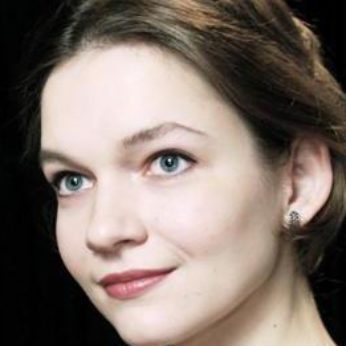Schumann was only twenty when he finished this miraculous sequence of miniature dance pieces. He had been re-reading his favourite author, Jean Paul, and his romantic novel Flegeljahre about the rivalry of twin brothers for the love of a girl. The novel’s climactic set-piece is a masked ball where one brother disguised as the other discovers that the girl loves his brother, so, his hopes dashed, he writes a farewell letter and vanishes from both their lives.
The masked ball was both a regular feature at Carnival time and one of Romanticism’s most potent symbols. The mask has for centuries been the dramatic artist’s favoured instrument for articulating the conflicting forces of the human psyche. The Romantics put those poets of the soul, the writer and the composer, on a high pedestal and, before the poet’s all-seeing gaze, all external trappings become mere camouflage. So the carnival ball with masked Harlequins and Columbines and the poetic image of the butterfly become symbolic of the masks we put on to hide our identities – and when the clock strikes six, the music stops, the revellers go home and the romance is over. The world must be romanticised, cried out Novalis and Schumann absolutely agreed.
In Schumann’s early piano music, every phrase was replete with poetry and ideas, allusion and arcane meaning, and yet it is still absolute music. He rejected the more banal idea of programme music, but he also wanted his listener to understand his ideas. He instinctively grasped that music could reflect both the intimacy of the soul and a picture of the outside world, often at the same time.
In Carnaval we meet the whole cast of masked revellers by name, here in Papillons we are introduced to their dances. After a wisp of an introduction, the opening waltz sings out its soaring melody that will be recalled at the very end. The movement of the dancers in the ballroom is mirrored by the start of the second dance, where the pianist’s interlocked hands descend the keyboard in rapid alternation. The third dance is meant to represent the heavy-footed antics of a giant boot. A waltz can be heard pianissimo in No.6 interrupting an agitated introduction, but later it explodes fortissimo in No.10 and a tone lower. Later on in No.11 the polonaise is suddenly interrupted by beautifully muted music wafting in as though a door to another room – and another world – has been opened.
The dream-like effect is enhanced by the brevity of each dance, few of them last longer than sixty seconds – the whole piece is barely fifteen minutes – until we approach the end, when time begins to stretch. The final number starts with the Grandfather’s Dance, traditionally played at the conclusion of a ball – it is heard again at the conclusion of Carnaval – before combining with our memory of the opening waltz. Then the clock strikes six and, reluctantly, the dancers must disperse into the cold light of dawn while the music slowly disintegrates. Schumann achieves this by gradually fragmenting the Grossvatertanz. At the very, very end he closes with a quietly arpeggiated chord whose notes are released one by one.
